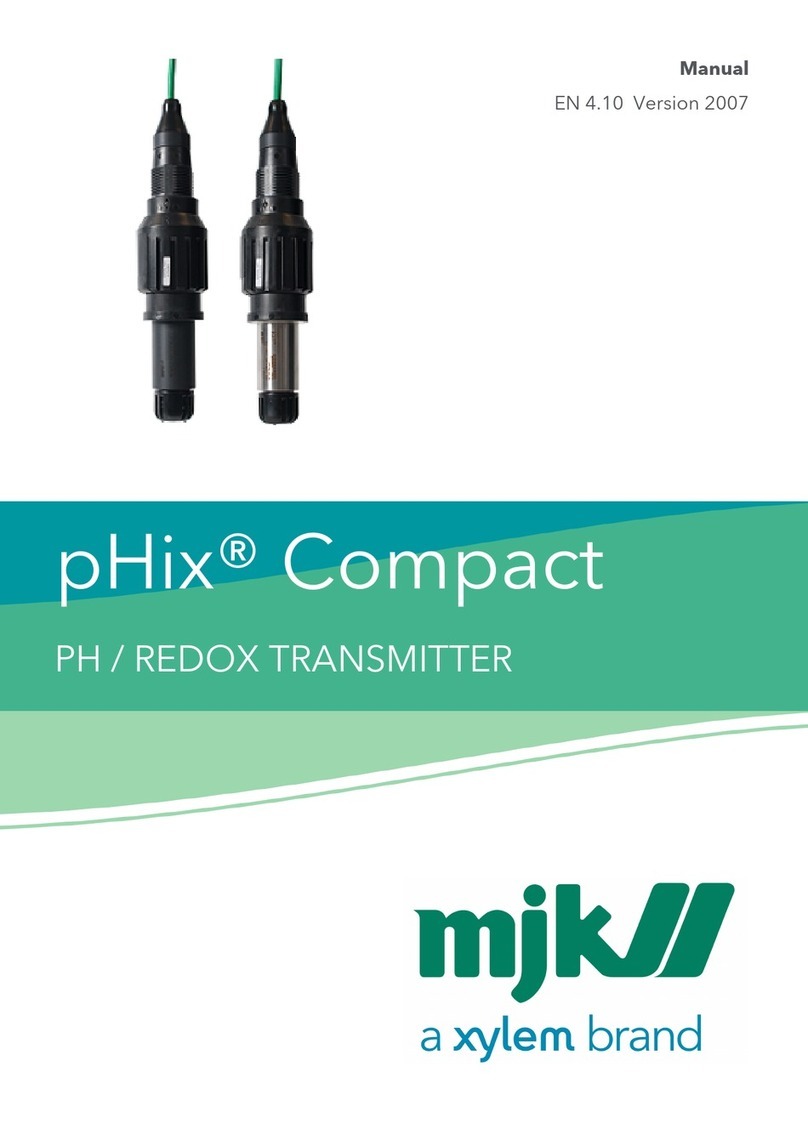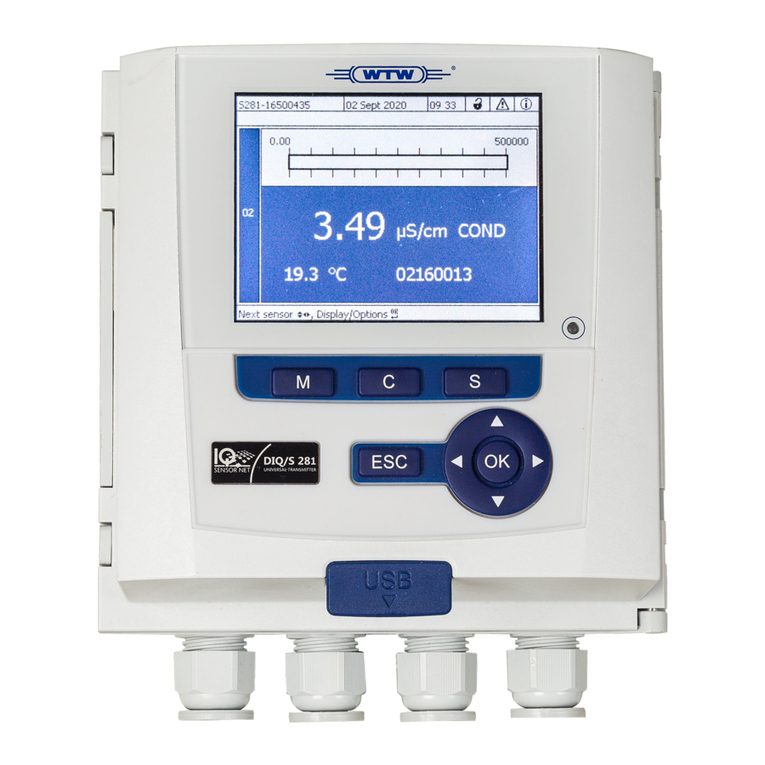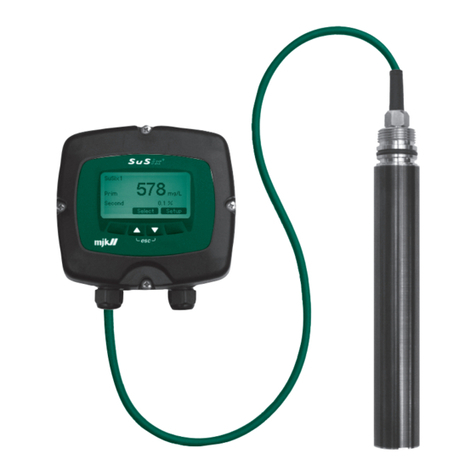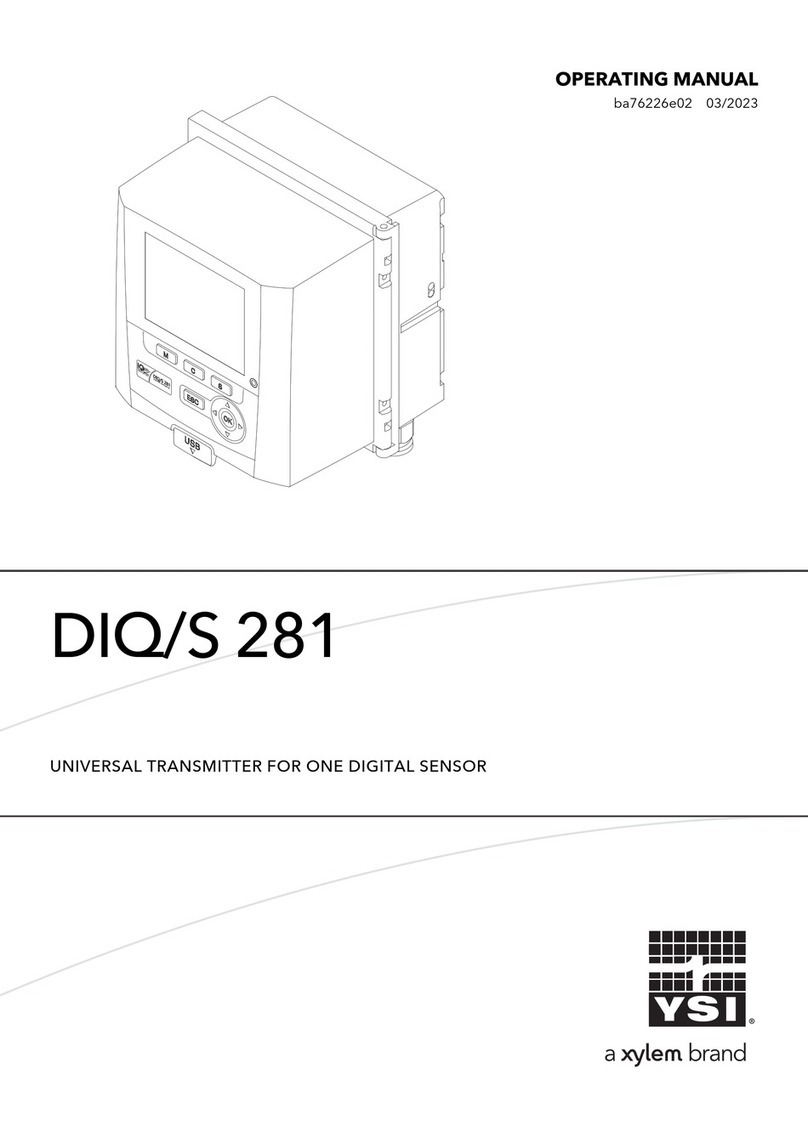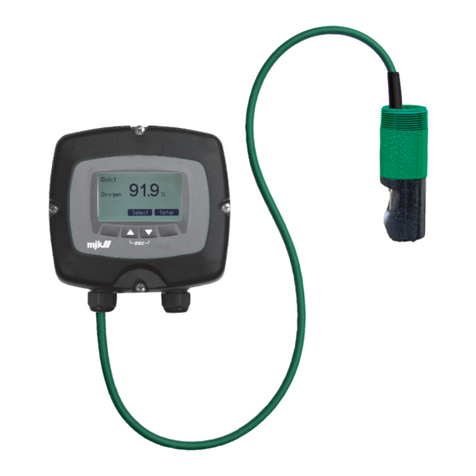Table of Contents
Declaration of conformity ..........................................................................................................6
Introduction.................................................................................................................................7
Measurements and standards used .....................................................................................7
Safety instructions...................................................................................................................7
Repair .................................................................................................................................. 8
Explosion hazardous areas............................................................................................... 8
Construction............................................................................................................................8
Product identification.............................................................................................................8
Mounting ...................................................................................................................................10
Electrode types .................................................................................................................... 10
Mounting the electrode...................................................................................................... 10
Gasket and O-ring ........................................................................................................... 11
Mechanical mounting.......................................................................................................... 12
Open and closed systems .............................................................................................. 13
Mounting in open channels and reservoirs..................................................................14
Mounting in closed systems...........................................................................................16
Mounting on pipe socket................................................................................................ 17
Eletrical mounting................................................................................................................ 19
Signal cable ...................................................................................................................... 19
Cutting the signal cable..................................................................................................20
Extending the signal cable ............................................................................................. 20
Connection examples ......................................................................................................... 21
Local display..................................................................................................................... 21
Connection to PLC_PLS ..................................................................................................22
Buffer adjustment .....................................................................................................................23
Buffer adjustment details.................................................................................................... 23
Buffer solutions .................................................................................................................... 24
Cleaning................................................................................................................................ 25
Buffer adjustment using the switch ring ........................................................................... 26
Example of buffer adjustment in pH 4 and 7 ............................................................... 27
Buffer adjustment using the tilt switch.............................................................................. 28
Buffer adjustment using pHix Link..................................................................................... 29
Maintenance..............................................................................................................................30
Intervals................................................................................................................................. 30
Redox electrodes................................................................................................................. 30
Cleaning of the electrode................................................................................................... 31
Electrode lifetime................................................................................................................. 31
Electrode spare parts .......................................................................................................... 31
Electrode storage ................................................................................................................ 32
Specifications ....................................................................................................................... 32
Dimensions........................................................................................................................... 34
pHix Link software.....................................................................................................................35
Programming connection................................................................................................... 35






